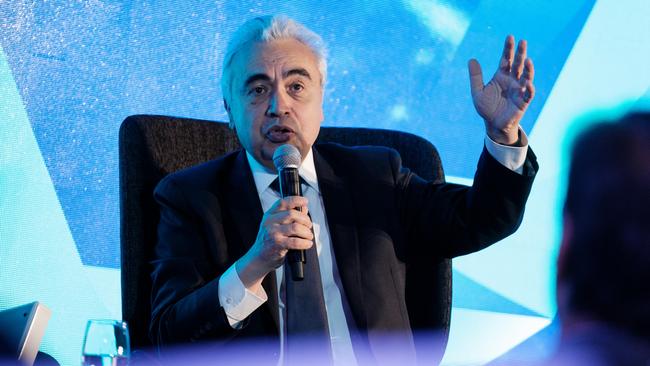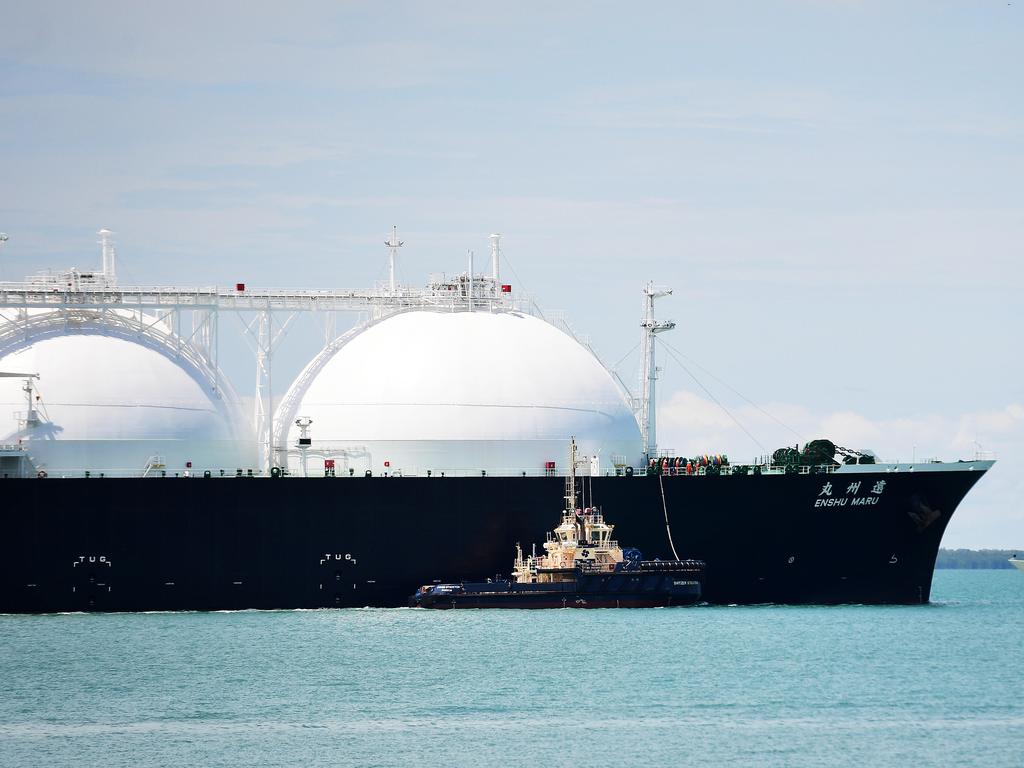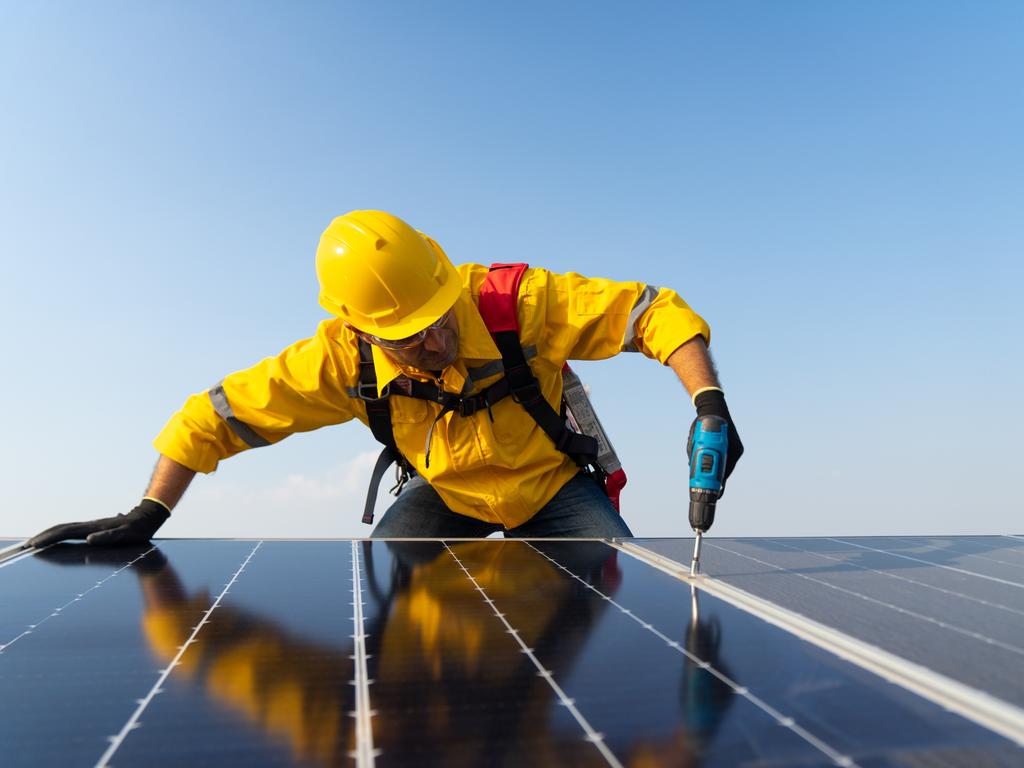Gas squeeze to remain until 2025 as IEA says peak use for fossil fuels in sight
A global gas crunch will remain in place until 2025, the International Energy Agency forecasts, as Australian households brace for big jumps in their energy bills.

A global squeeze on gas supplies and prices will remain in place until 2025 amid the ongoing fallout from Russia’s war with Ukraine, the International Energy Agency said, but demand will then fall away as nations limit fossil fuel use in favour of clean energy.
Australian manufacturers are being offered gas contracts of up to $35 a gigajoule – more than triple the levels of a year ago – as an international gas crunch filters through to the nation’s east coast along with a forecast shortage of local supplies in the market.
The IEA said the tense situation for gas markets was likely to remain in place for several more years. The benchmark European TTF gas contract is projected to remain between $US20‐30 per million British thermal units until the mid‐2020s, up to triple historical levels.
“The global supply squeeze has led to record high prices in several gas markets around the world and the balance is not expected to ease until mid-decade, when large new LNG exports come onstream,” the IEA said.
The forecast suggests there will no immediate relief for fuel prices in Australia and follows Anthony Albanese being warned factories will close unless a new price cap is slapped on gas producers “in the next few weeks”, as energy ministers prepare to discuss a major intervention in the electricity sector to provide relief for households.

Queensland’s three LNG exporters already face a major clampdown to ease pressures on the local gas market, with the Albanese government to introduce a quarterly gas trigger review in a bid to protect domestic supply and stem industrial job losses.
Over the next decade, however, the IEA expects a profound shift to take place in global energy markets with peak use now in sight for fossil fuels – oil and gas, along with coal – that provide 80 per cent of the world’s energy.
“For the first time, a World Energy Outlook scenario based on prevailing policy settings has global demand for each of the fossil fuels exhibiting a peak or plateau. In the state policy scenario, coal use falls back within the next few years, natural gas demand reaches a plateau by the end of the decade, and rising sales of electric vehicles mean that oil demand levels off in the mid-2030s before ebbing slightly to mid-century,” the IEA said.

New measures taken by nations to ease their dependence on fossil fuels will propel global clean energy investment to more than $US2 trillion a year by 2030, a rise of more than 50 per cent from today. It pointed to the US Inflation Reduction Act, the EU’s Fit for 55 package and REPowerEU and Japan’s Green Transformation.
“Energy markets and policies have changed as a result of Russia’s invasion of Ukraine, not just for the time being, but for decades to come,” said IEA executive director Fatih Birol. “Even with today’s policy settings, the energy world is shifting dramatically before our eyes. Government responses around the world promise to make this a historic and definitive turning point towards a cleaner, more affordable and more secure energy system.”
Demand for LNG in Asia, the central market for Australian gas exporters, fell year on year in 2022 for the first time since 2015. It estimates robust demand for LNG under the state policies scenario although an announced pledges scenario would see a steep fall for the fuel by 2050, which activist groups said underlined the need to put a halt to new gas developments.
“This new IEA report undermines the case for Woodside and Santos’ expansion plans. Gas supply is required to fall in excess of 20 per cent this decade and there is no room in the IEA’s Net Zero by 2050 scenario for gargantuan new projects such as Scarborough-Pluto and Barossa,” Market Forces said.






To join the conversation, please log in. Don't have an account? Register
Join the conversation, you are commenting as Logout